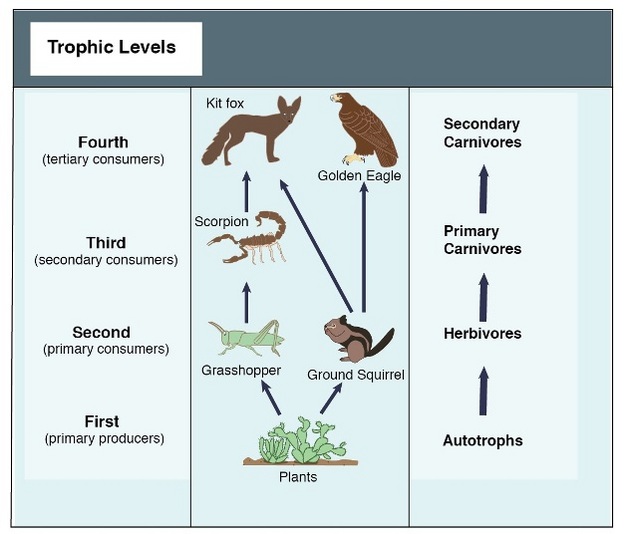
The term biodiversity is made up of two words BIO and DIVERSITY Bio means living and diversity means variety. So the variety or variability of organisms and ecosystem is referred to as biodiversity.Biodiversity is not distributed evenly on Earth; it is usually greater in the tropics as a result of the warm climate and high primary productivity in the region near the equator. Tropical forest ecosystems cover less than 10% of earth's surface and contain about 90% of the world's species. Marine biodiversity is usually higher along coasts in the Western Pacific, where sea surface temperature is highest, and in the mid-latitudinal band in all oceans. There are latitudinal gradients in species diversity. Biodiversity generally tends to cluster in hotspots, and has been increasing through time, but will be likely to slow in the future as a primary result of deforestation. It encompasses the evolutionary, ecological, and cultural processes that sustain life.


-->TYPES OF BIODIVERSITY
Genetic diversity - Diversity of genes within a species, i.e., genetic variability among the populations and the individuals of the same species.
Species diversity- Diversity among species in an ecosystem. Biodiversity hotspots are excellent examples of species diversity.
Ecosystem diversity- Diversity at a higher level of organization, i.e., the ecosystem. It concerns the variety of ecosystems on Earth.
--> GENETIC BOODIVERSITY?
Variations among the genes of the same species are known as genetic diversity. It is this type of diversity that gives rise to the different varieties of rice, mangoes,etc.


--> SPECIES BIODIVERSITY?
Diversity which arises due to variations among species present in specific areas is called as species diversity. Horses and donkeys are distinct species, as are lions and tigers.


--> ECOSYSTEM BIODIVERSITY?
Ecosystem diversity is the diversity of habitats which include the different life forms within. The term also refers to the variety of ecosystems found within a bio geographical political boundary.
--> FOOD WEB, A MAIN COMPONENT OF BIODIVERSITY!!

--> HOTSPOTS OF BIODIVERSITY
A biodiversity hotspot is a biogeographic region with a significant reservoir of biodiversity that is under threat from humans.
Hotspots are the richest and the most threatened reservoirs of plant and animal life on earth.
According to Conservation International, a region must fulfill the following two criteria to qualify as a hotspot:
CONSERVATION OF BIODIVERSITY
“Biodiversity conservation refers to the protection, upliftment, and management of biodiversity in order to derive sustainable benefits for present and future generations.”Biodiversity conservation is the protection and management of biodiversity to obtain resources for sustainable development.
METHODS OF CONSERVATION
Biodiversity refers to the variability of life on earth. It can be conserved in the following ways:
In-situ conservation of biodiversity is the conservation of species within their natural habitat. In this method, the natural ecosystem is maintained and protected.
The in-situ conservation has several advantages. Following are the important advantages of in-situ conservation:
These are small reserves maintained by the government. Its boundaries are well demarcated and human activities such as grazing, forestry, habitat and cultivation are prohibited. For eg., Kanha National Park, and Bandipur National Park.
These are the regions where only wild animals are found. Human activities such as timber harvesting, cultivation, collection of woods and other forest products are allowed here as long as they do not interfere with the conservation project. Also, tourists visit these places for recreation.
Biosphere reserves are multi-purpose protected areas where the wildlife, traditional lifestyle of the inhabitants and domesticated plants and animals are protected. Tourist and research activities are permitted here.
Ex-situ conservation of biodiversity involves the breeding and maintenance of endangered species in artificial ecosystems such as zoos, nurseries, botanical gardens, gene banks, etc. There is less competition for food, water and space among the organisms.
Ex-situ conservation has the following advantages:
There are various ways to protect and conserve biodiversity. Some of the methods are mentioned below.